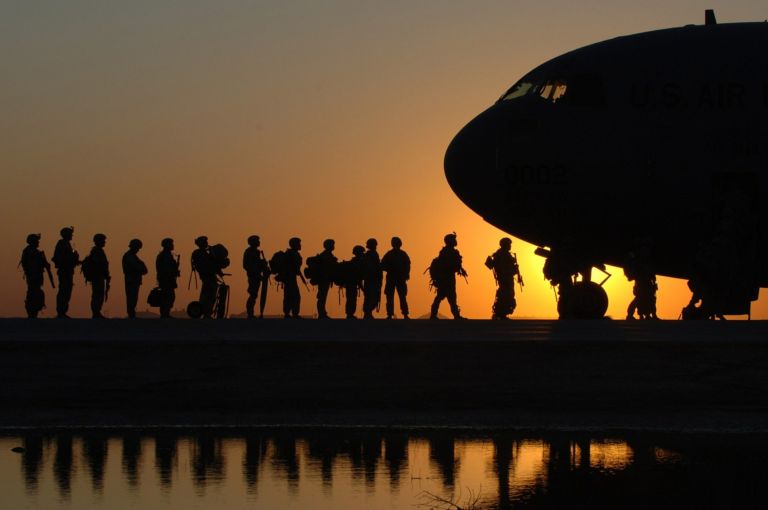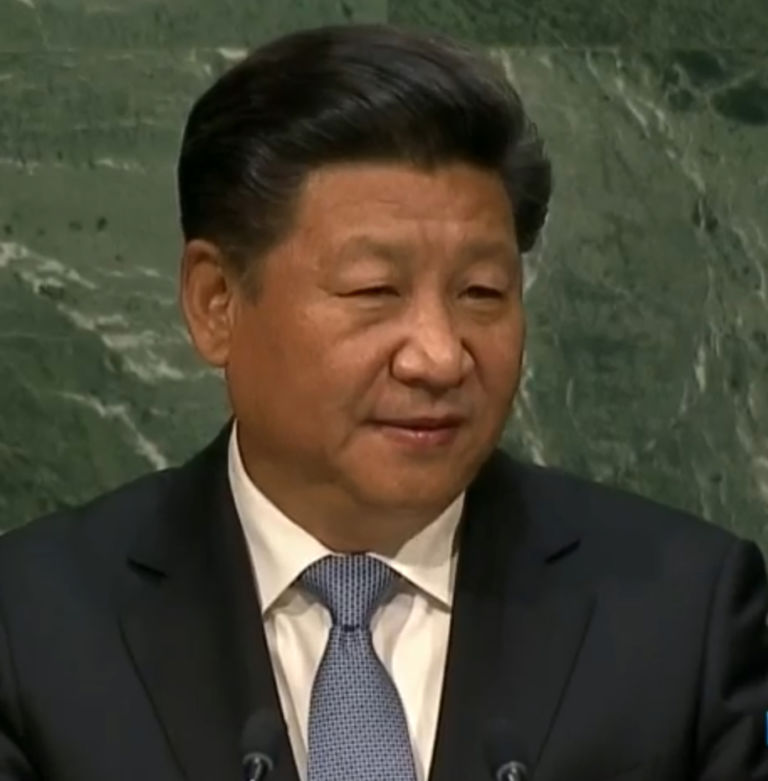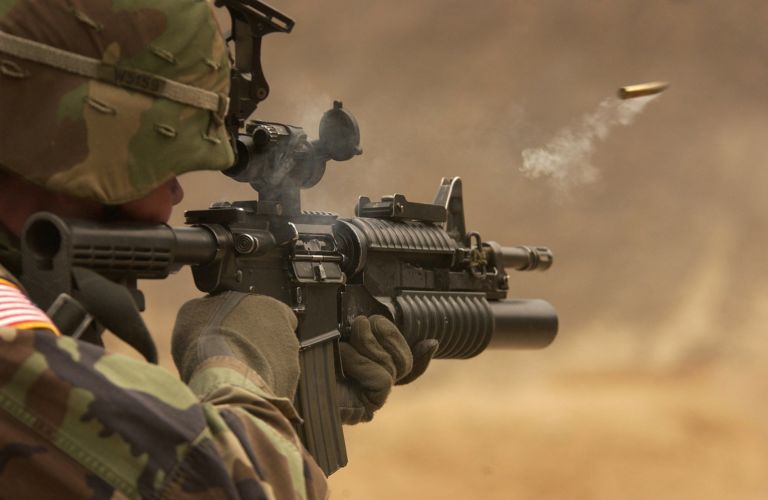As we approach the 75th anniversary of the “date which will live in infamy,” Victor Davis Hanson offers some observations at National Review Online.
President Obama is visiting Hiroshima this week, the site of the August 6, 1945, dropping of the atomic bomb that helped end World War II in the Pacific Theater. But strangely, he has so far announced no plans to visit Pearl Harbor on the anniversary of the attack. The president, who spent much of his childhood in Hawaii, should do so — given that many Americans have forgotten why the Japanese attacked the United States and why they falsely assumed that they could defeat the world’s largest economic power.
Imperial Japan was not, as often claimed, forced into a corner by a U.S. oil embargo, which came only after years of horrific Japanese atrocities in China and Southeast Asia. Instead, an opportunistic and aggressive fascist Japan gambled that the geostrategy of late 1941 had made America uniquely vulnerable to a surprise attack. …
… Starting a war in the Pacific meant the Japanese would have easy access to huge supplies of oil, rubber, rice, and strategic metals for their newfound mercantile empire, the Great East Asia Co-Prosperity Sphere.
The U.S. also had lost military deterrence. The Japanese had watched carefully as America did little to help its two closest allies: France and Great Britain. The former was easily overrun by the Nazis, the latter bombed unmercifully.
While the United States had belatedly built up its fleet and started rearming by 1941, its military was still woefully ill-equipped to fight a two-front global war. Japan logically figured that Germany and Italy would tie down the United States in Europe, while Japan systematically finished off any American warships that had escaped the Pearl Harbor wreckage. …
… Many Japanese strategists had assumed that the U.S. never again would wish to endure a world war, and would prefer to negotiate rather than fight to the finish. Such assumptions proved false.
After Pearl Harbor, the United States went into a rearmament frenzy the likes of which had never been seen in history. America produced more airplanes and ships than all World War II powers combined. The U.S. military grew to 12 million soldiers.


